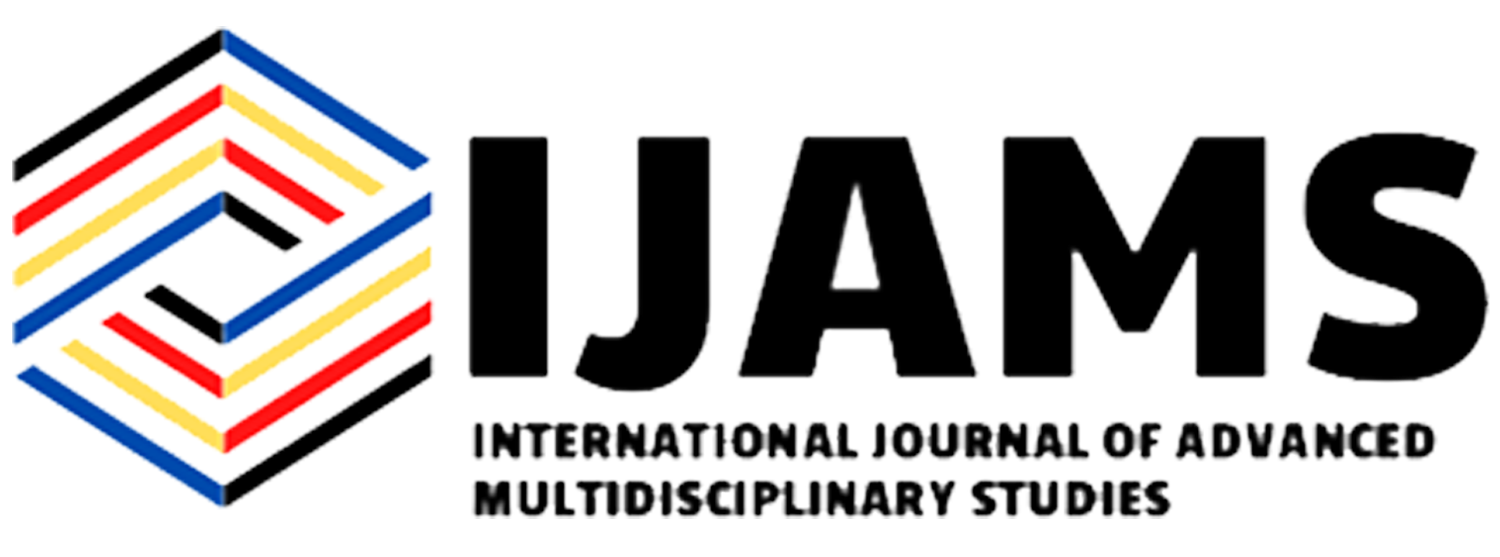ISSN: 2782-893X
eISSN: 2799-0664
 ISSN: 2782- 893X
ISSN: 2782- 893X


—— This study aimed to determine the Effectiveness of Web-based Teaching and Learning Approach to the Performance of Grade 9 learners in Araling Panlipunan. The findings of the study served as a basis of a proposed Instructional Supervision Plan. This study used the quasi-experimental method of research to evaluate the effectiveness of Web-based Teaching and Learning Approach to the academic performance of Grade 9 learners in Araling Panlipunan. The results were the basis for an Intervention Plan. The researcher utilized Universal Sampling in identifying the respondents of the study. Table 3 presents the test of difference between the scores in the pre-test and post-test of Grade 9 in Araling Panlipunan. In this table, it reveals how the respondents or the grade 9 learners responded the different learning competencies in second grading period of the aforementioned subject. Table 3 presents the test of difference between the scores in the pre-test and post-test of Grade 9 in Araling Panlipunan. In this table, it reveals how the grade 9 learners reacted and responded the learning intervention given by the teacher in the delivery of the t different learning competencies in second grading period of the aforementioned subject based on the web-based teaching and learning approach. Based on the results in table 3, it was revealed that the results of the test measuring the variation between the Grade 9 students’ pre- and post-test scores in Araling Panlipunan showing that in the pre-test which was equal to 16.05 is lesser than the posttest performance which is equal to 36.08. This baseline assessment shows how well the students initially understood the material. The pre-test results offer a critical reference point for evaluating the intervention’s efficacy and identifying any areas that might need more attention. The post-test results significantly improved after webbased teaching and learning were incorporated; the mean score. This impressive improvement shows that the use of interactive materials, internet resources, and group work tools improved students’ understanding and recall of Araling Panlipunan concepts. which was resulted to the computed t-value of 2.122 and found to be higher in value compared to the critical t value of 0.822. This statistical significance suggests that the integration of web-based teaching and learning is responsible for the observed changes in scores rather than random variation. The choice to reject the null hypothesis highlights the intervention’s real effects. The results in the table 3 implies that there was this significant improvement in test results which indicates that the web-based teaching and learning approach being used by the teacher in the delivery of the most essential learning competency is significantly effective considering that the performance the Araling Panlipunan proficiency of students in Grade 9 learners were being improved. The notable increase in post-test scores suggests that web-based instruction is an effective addition to traditional teaching methods in Araling Panlipunan. A more dynamic and individualized learning experience for students appears to have been provided by the interactive and multimedia components of online resources, which appear to have catered to a variety of learning styles. This means that the overall test performance was significantly impacted by the intervention. Furthermore, in order to maximize student learning outcomes in the subject, teacher should grasp and maintain the idea of integrating the aforesaid intervention in order to improve more the learning performance of the learners in Araling panlipunan. Keywords — Effectiveness Web-based Teaching Performance Grade 9 Learners Araling Panlipunan